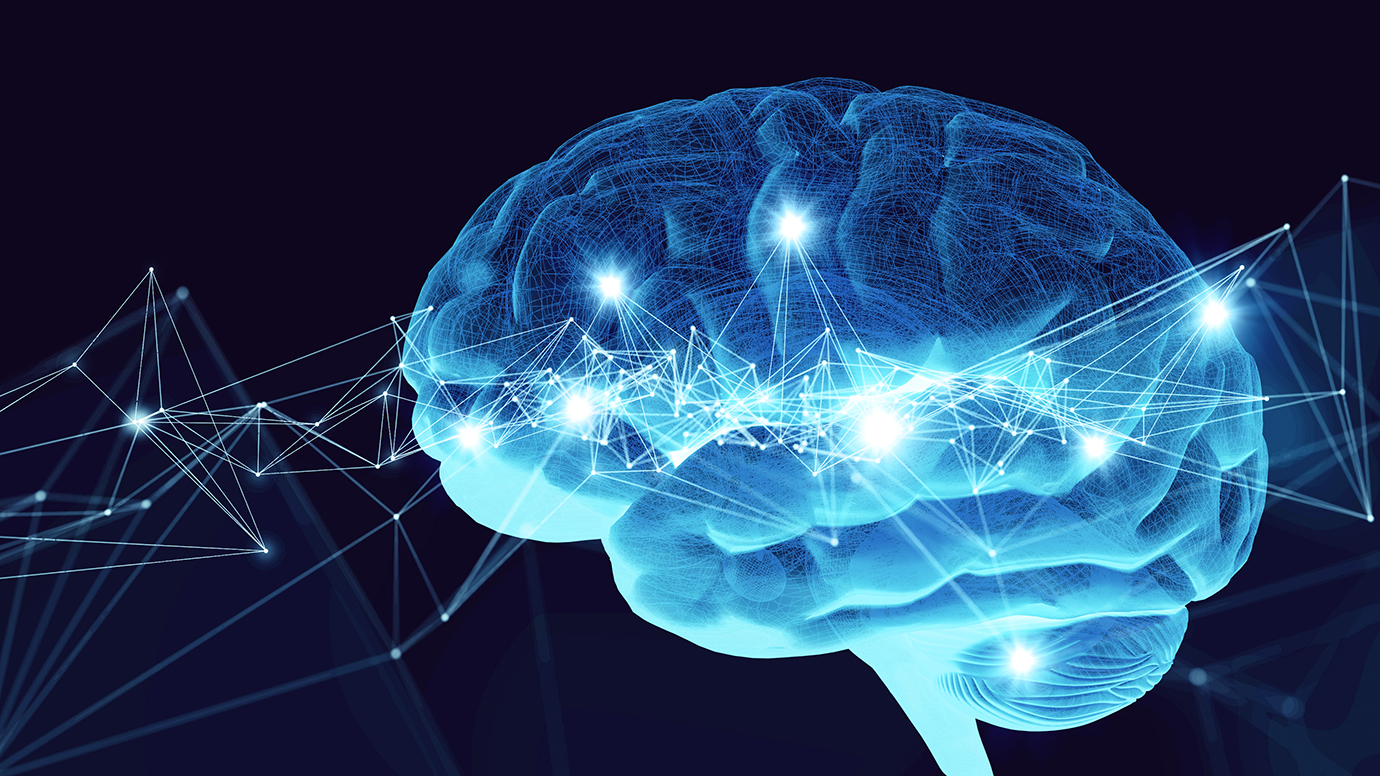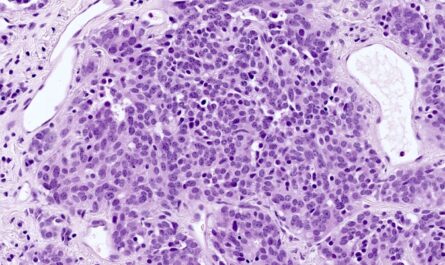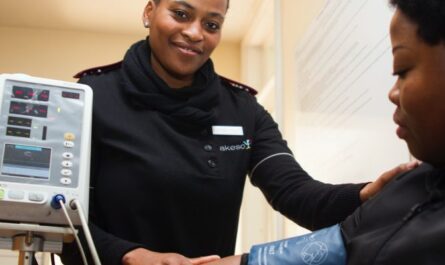A recent study conducted by researchers at Massachusetts General Hospital has shed new light on the activity of different regions of the cortex during various states of unconsciousness, such as sleep and general anesthesia. The study, published in Neuron, aims to better understand the contribution of each brain region to consciousness.
The lead researcher for the study, Dr. Rina Zelmann, explained that the project was motivated by the desire to unravel how neuronal activity in the brain gives rise to consciousness. To address this complex question, the researchers focused on understanding what happens in the human brain when individuals are unconscious and cannot be awakened.
Dr. Zelmann and her colleagues have been studying brain activity using brain stimulation techniques for several years. Their recent study specifically investigates the differences between unconsciousness during sleep and unconsciousness induced by the drug propofol during general anesthesia.
The study involved recording brain activity in patients diagnosed with epilepsy who had electrodes implanted as part of their medical treatment. These electrodes allowed the researchers to monitor brain activity during different states of consciousness and unconsciousness.
The researchers used short pulses of electrical stimulation in various brain regions while recording brain activity in other regions. The responses to stimulation were compared using mathematical techniques to analyze the complexity, brain network involvement, and consistency of the responses.
Comparing brain activity during sleep and general anesthesia to awake states, the researchers found that the brain was uniformly affected during sleep, showing simpler and reduced connections between brain regions, as well as higher variability in recorded activity. During general anesthesia, the changes were particularly prominent in prefrontal regions.
The findings indicate that different parts of the brain are involved in different ways during various forms of unconsciousness. This suggests that the transition from unconsciousness to consciousness may employ different mechanisms depending on the particular state of unconsciousness.
The study provides valuable insights into the activity of cortical networks during unconsciousness. Future research can build upon these findings to further explore the involvement of identified brain regions in unconscious states and enhance our understanding of consciousness.
The researchers also noted that the different responses to stimulation under different states of consciousness have implications for therapeutic neuromodulation, a treatment used for controlling seizures and psychiatric conditions. They highlight the need to consider the effects of stimulation on the sleeping brain as well as during waking periods.
Dr. Zelmann and her team plan to continue their research in this area to deepen the understanding of how the human brain responds to stimulation under different states of consciousness. Their work could have far-reaching implications for understanding consciousness and improving therapeutic interventions.
Note:
1. Source: Coherent Market Insights, Public sources, Desk research
2. We have leveraged AI tools to mine information and compile it



